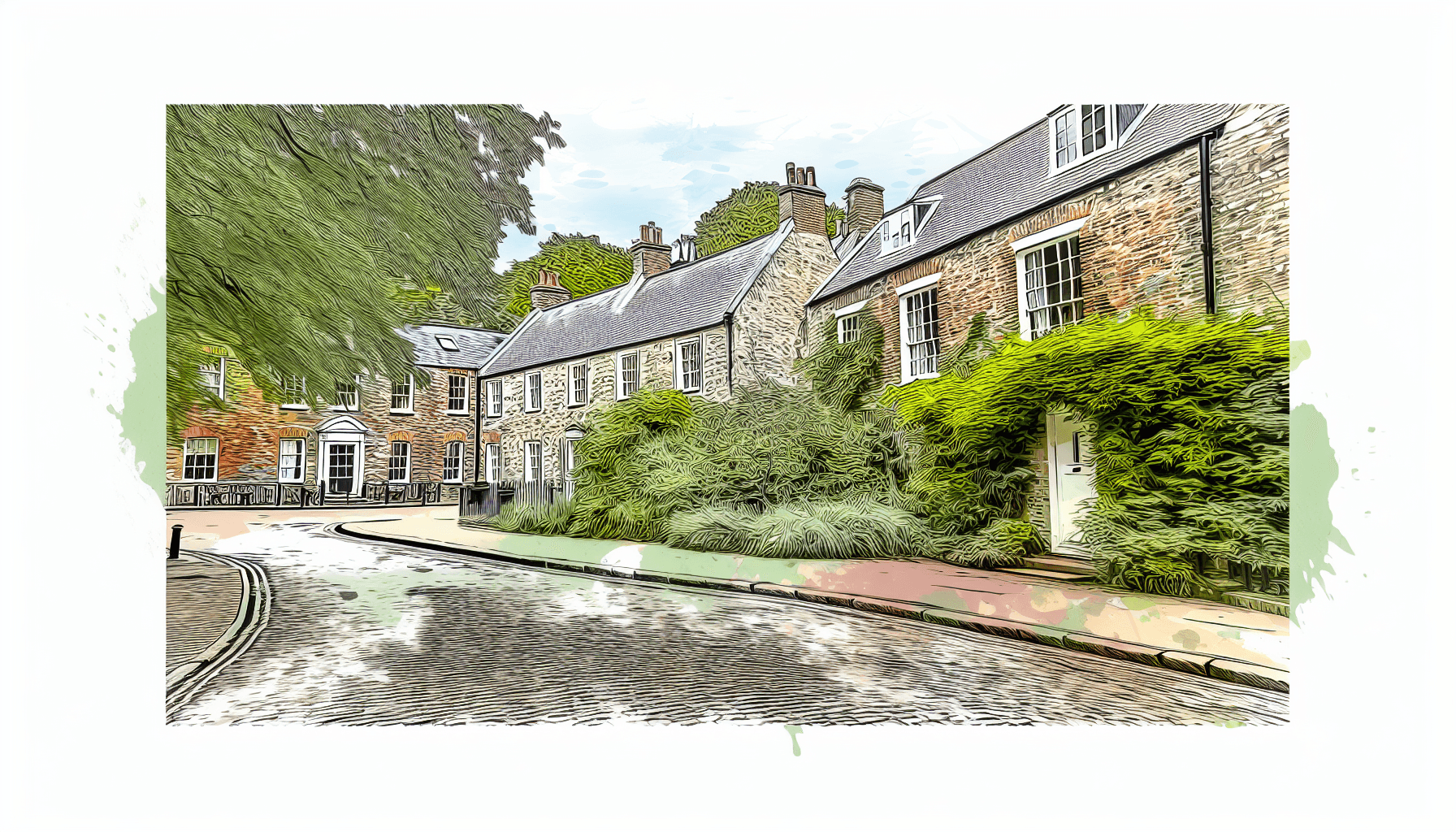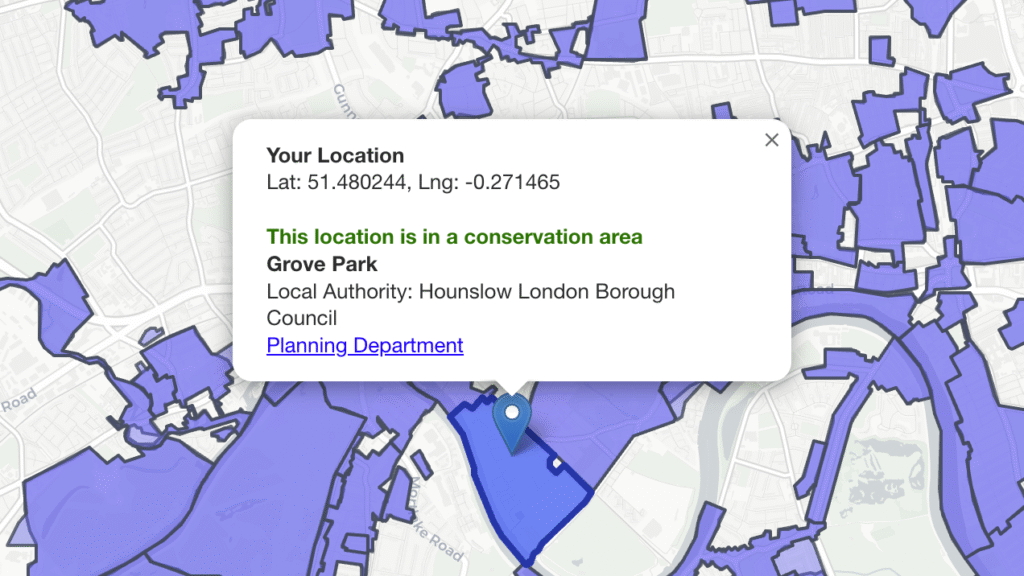Buying a Home in a Conservation Area: What to Check

Purchasing a property is always a significant decision, but buying a home in a conservation area brings additional considerations that prospective homeowners should be aware of. Conservation areas exist to protect places of special architectural or historic interest, preserving their unique character for future generations. While living in such an area can be rewarding, offering beautiful surroundings and potential property value benefits, it also comes with specific responsibilities and restrictions that buyers should understand before committing.
What is a Conservation Area?
Conservation areas are designated by local planning authorities under the Planning (Listed Buildings and Conservation Areas) Act 1990. They are created to protect areas of special architectural or historical interest, the character or appearance of which is desirable to preserve or enhance. Currently, there are over 10,000 conservation areas across the UK, ranging from historic town centres and fishing villages to Victorian suburbs and model housing estates.
Before proceeding with a purchase, it’s essential to confirm whether a property is within a conservation area. Our tool provides a quick way to determine if a property falls within these protected zones.

Key Considerations When Buying in a Conservation Area
Understanding what you’re getting into when purchasing in a conservation area can save considerable headaches down the line. Here are the critical factors to investigate:
1. Planning Restrictions and Article 4 Directions
Properties in conservation areas are subject to additional planning controls, limiting what changes you can make without permission. Standard permitted development rights are often restricted, meaning that alterations that might be allowed elsewhere require planning permission within a conservation area.
Furthermore, many conservation areas are subject to Article 4 Directions, which remove specific permitted development rights. These can vary significantly between areas, potentially affecting:
- Window and door replacements
- Roof alterations and materials
- External cladding or painting
- Installation of satellite dishes and solar panels
- Changes to front gardens, including paving for parking
Contact the local planning authority or check their website to understand the specific restrictions for your prospective property. The Planning Portal also provides valuable information about planning requirements in conservation areas.
2. Character Appraisal and Management Plans
Most conservation areas have a character appraisal document that identifies what makes the area special and worthy of protection. This often includes details about architectural styles, building materials, landscape features, and historical development.
Additionally, there may be a management plan outlining policies for preserving and enhancing the area. These documents are invaluable resources for understanding:
- What features of your property contribute to the conservation area’s character
- Potential development opportunities and constraints
- The local authority’s priorities for the area
- Design guidance for alterations and extensions
Both documents are typically available on the local council’s website or through their planning department.
3. Tree Preservation Orders and Protection
Trees in conservation areas have automatic protection, making it an offence to cut down, top, lop, uproot, wilfully damage or destroy them without giving the local planning authority six weeks’ notice. This protection applies to all trees with a trunk diameter of more than 75mm when measured at 1.5m from ground level.
Some trees may also be covered by specific Tree Preservation Orders (TPOs), providing additional protection. Before purchasing, it’s worth checking:
- If there are any protected trees on the property
- Whether any nearby trees could affect your enjoyment of the property or limit future development potential
- If there are any ongoing tree maintenance responsibilities
Information about TPOs can be obtained from the local planning authority’s tree officer or via their online planning portal.
4. Building Condition and Maintenance Responsibilities
Properties in conservation areas often come with higher maintenance expectations. Local authorities have powers to take action if a building falls into disrepair to the extent that it adversely affects the character of the conservation area.
When viewing potential properties, consider:
- The condition of traditional features (original windows, doors, architectural details)
- Any non-traditional alterations that might need reverting in the future
- The general repair state of the building, particularly period features
- Potential maintenance costs associated with preserving historic materials and methods
A thorough building survey by a surveyor experienced with historic buildings is particularly important when buying in a conservation area.
5. Previous Planning History
Investigating the planning history of a property can reveal valuable information about what has been permitted or refused in the past. This can give insights into:
- What alterations the local authority considers acceptable
- Any unauthorised works that might need regularising
- Previous applications and their outcomes
- Conditions attached to previous permissions that might still apply
Planning history can usually be accessed through the local authority’s planning portal or by requesting a land registry search.
6. Future Development Plans
While conservation area status provides some protection against inappropriate development, it doesn’t freeze an area in time. Check if there are any planned developments nearby that could affect your property.
Local Development Plans and conservation area management strategies can provide insights into how the area might evolve. It’s also worth checking if any major planning applications are pending that could impact the character of the locality.
7. Insurance Considerations
Properties in conservation areas, especially those of historical significance or unusual construction, may have different insurance requirements. Some considerations include:
- Higher rebuild costs due to specialist materials and craftsmanship
- Requirements to reinstate period features following damage
- Restrictions on repair methods
It’s advisable to speak with insurance specialists who understand heritage properties. The Historic England website offers guidance on insuring historic buildings.
8. Community and Local Support
Many conservation areas have active residents’ associations or heritage groups. These can be valuable sources of information and support for new homeowners. They may offer:
- Advice on sympathetic alterations
- Recommendations for skilled craftspeople familiar with period properties
- Historical information about the area and specific properties
- A voice in local planning decisions affecting the conservation area
Consider researching local groups before purchasing and perhaps attending a meeting to get a feel for community attitudes toward conservation.
Final Checks Before Purchasing
Before finalising your purchase, ensure you’ve covered these essential checks:
- Verify the conservation area status using the Conservation Area Checker tool and confirm boundaries with the local authority
- Request a local land charges search to reveal any Article 4 Directions or other restrictions
- Have your solicitor check for any enforcement notices or building regulation issues
- Confirm that any alterations made by previous owners received necessary permissions
- Research potential costs for any immediate repairs or restoration work needed
Conclusion
Buying a home in a conservation area offers the opportunity to be a custodian of heritage while living in an area of distinctive character and historical significance. The additional protection these designations provide often helps maintain property values and ensures neighbourhoods retain their special qualities.
However, the additional responsibilities and restrictions require careful consideration. By conducting thorough research before purchasing, you can ensure you’re fully informed about what conservation area status means for your potential new home. This preparation will help you appreciate the benefits while being realistic about the limitations and responsibilities that come with owning a property in these specially protected areas.
Understanding the balance between preservation and the needs of modern living is key to successfully owning and enjoying a home in a conservation area. With the right knowledge and approach, you can become a positive contributor to maintaining the special character that made you want to live there in the first place.